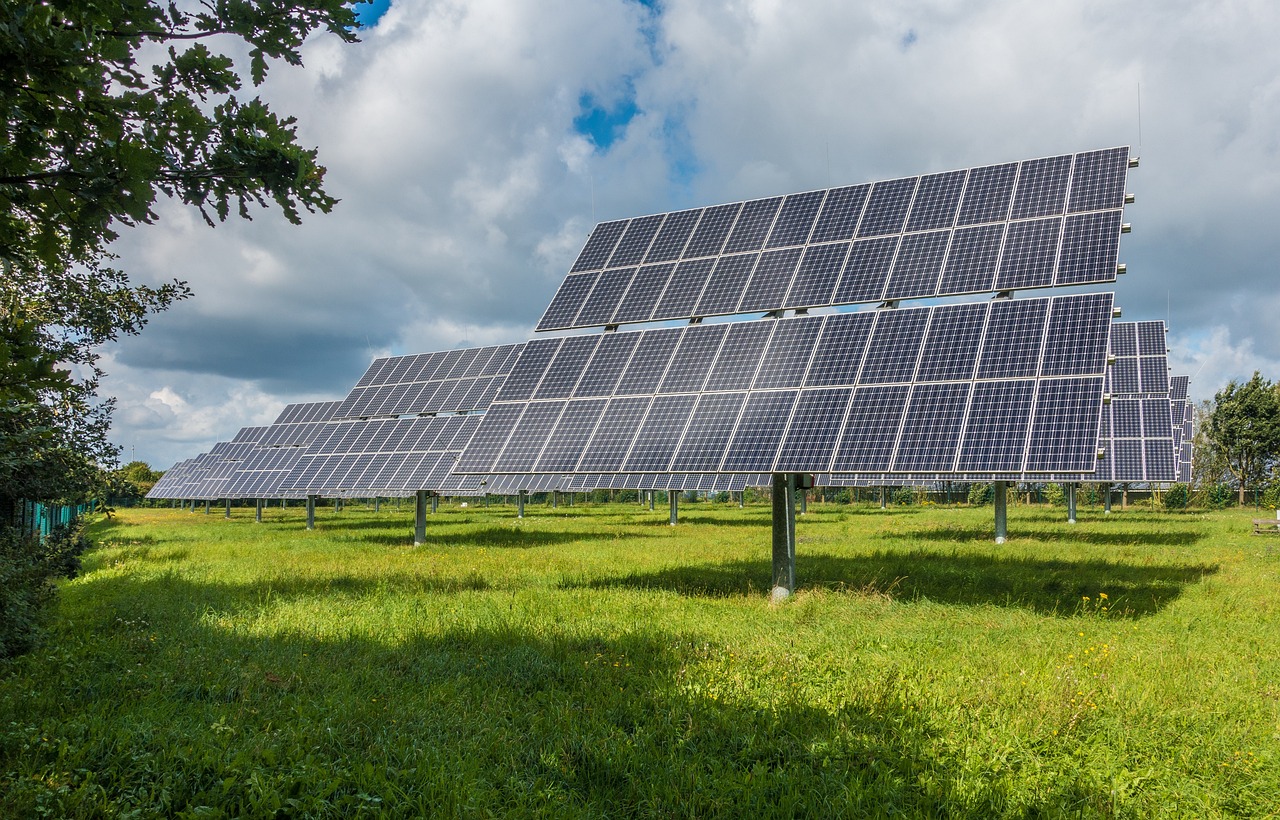Solar Power Source by MIT

December 26, 2022
MIT has contributed to many processes, and once again we find a creation that is incredible. Now MIT dazzles us with an advanced version of solar panels, which removes the existing limitations of today’s widely used design.
With these solar panels created by MIT you can see that this new design of the MIT solar panel is as thin as if it were paper, which makes the difference with the solar panels that are seen in the updated one, which are glass-encased thick and available in many parts of the world. These new panels could completely change the way solar energy is harnessed in the next few years around the world.
Will the new MIT solar panel be rigid enough?
One of the things that possibly we and many may come to think about is the fact that the material used to make the new solar panels is so thin that it could become too weak to be used in any environment.
MIT explains
Despite the fact that the new design includes that its materials make solar panels super thin as a sheet of paper, MIT explains that solar cells are as thin as a hair, even more, and the researchers of this company developed cells printable thin-film solar cells, “flexible solar cells, which are much thinner than a human hair, are glued to a strong, lightweight fabric.”
Other attempts
Also, like thin solar panels, some researchers tried to develop lightweight solar panels so small that they could be placed in a soap bubble, however, this research and development was not entirely practical, so they left it aside to start with another new one, being the lightweight solar panel.
After long work and research, the final product that is only 15 microns thick was achieved, making this solar panel an extremely lightweight solar capture panel that can be used in the future.
The use of a glass panel and an aluminum framed housing to protect the cells from damage is one reason, and possibly the most important, as existing solar panels use solar cells, which are very delicate. However, this design is not very convenient, as it makes the solar panels too heavy, therefore, their installation is much more complicated. Therefore the robust structure to install the panels and ensure timely maintenance to keep them in working condition is much more complicated and also expensive.
“The metrics used to evaluate a new solar cell technology are typically limited to their power conversion efficiency and their cost in dollars-per-watt. Just as important is integrability — the ease with which the new technology can be adapted. The lightweight solar fabrics enable integrability, providing impetus for the current work. We strive to accelerate solar adoption, given the present urgent need to deploy new carbon-free sources of energy,”, says Vladimir Bulović, who is the Fariborz Maseeh Chair in Emerging Technology, leader of the Organic and Nanostructured Electronics Laboratory (ONE Lab), and also director of MIT.nano.
We can also find on the MIT Blog an explanation that mentions that the paper-thin design will make the incorporation of the solar panel much better. Since the installation of this type of solar panel makes it possible to place it on any surface, structure or even vehicle, making it work with solar energy.
It can also be found that the researchers have claimed that this new MIT solar panel design will be able to help to have more industrial adoption and that it will also succeed in promoting green sources of energy production in many parts of the world. In case you want to know other ways to save energy, you can check more information by clicking here.







